Press Release: Summer Exhibitions at Richmond Art Center

ANNOUNCING: Summer Exhibitions at Richmond Art Center June 28 – August 19, 2023Richmond Art Center, 2540 Barrett Avenue, Richmond, CA 94804Gallery Hours: Wednesday-Saturday, 10am-4pmExhibitions and events are all free and no rsvp is necessary Richmond, CA: Summer exhibitions at Richmond Art Center (RAC) bring Nahui Ollin to the main gallery. This large survey of work by esteemed Richmond-based artist Andrés Cisneros-Galindo is […]
A Letter from the Fencelines Project Team in Response to Stolen Artwork
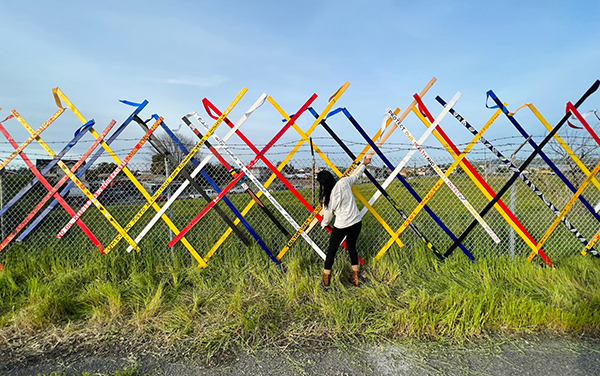
DOWNLOAD PDF VERSION OF THE LETTER TO SHARE STOLEN: ‘Fencelines’ Collective Monument to Resilience To the people of Richmond and the Greater Bay Area, To the individuals, collectives and organizations that are on the ground fighting for environmental justice, To those that believe in the power of art, people and community to help us imagine […]
Summer Art Camp – Call for Youth Volunteers
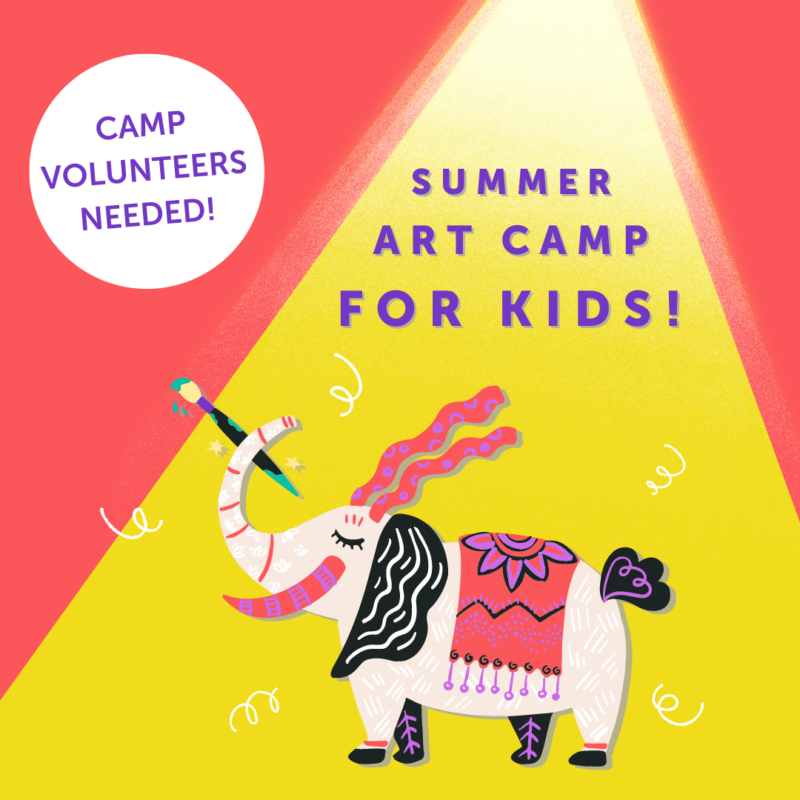
Summer Art Camp – Call for Youth Volunteers Richmond Art Center is looking for youth and young adult volunteers to assist with our Summer Art Camp. Volunteers will assist Teaching Artists in the classroom (morning and afternoon shifts available), as well as support with lunchtime and student pick up. About Summer Art Camp: Summer Art Camp […]
East Bay Express: From the Ashes
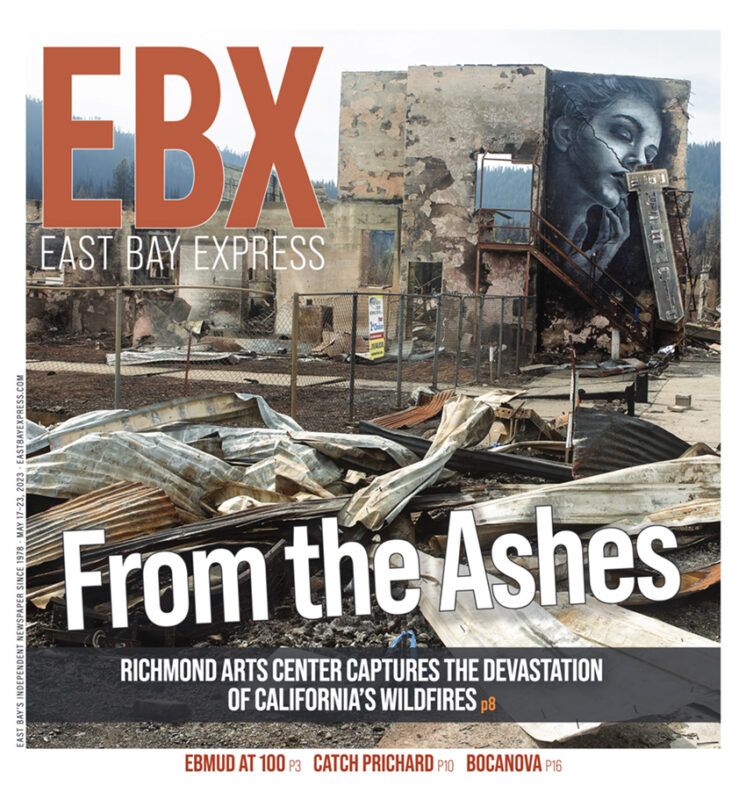
East Bay Express From the Ashes: Richmond Art enter Captures the Devastation of California’s Wildfires Article weblink: https://eastbayexpress.com/through-the-fire/ Digital copy of the East Bay Express: https://edition.pagesuite-professional.co.uk/html5/reader/production/default.aspx?pubname=&pubid=8808aae8-e6fe-4270-adb0-c95bab71909c Through the Fire By Lou Fancher | May 17, 2023 Ruth Morgan’s stark and provocative works at Richmond Art Center highlight climate change’s role in CA wildfires If artist […]
A Big Announcement from RAC’s Executive Director
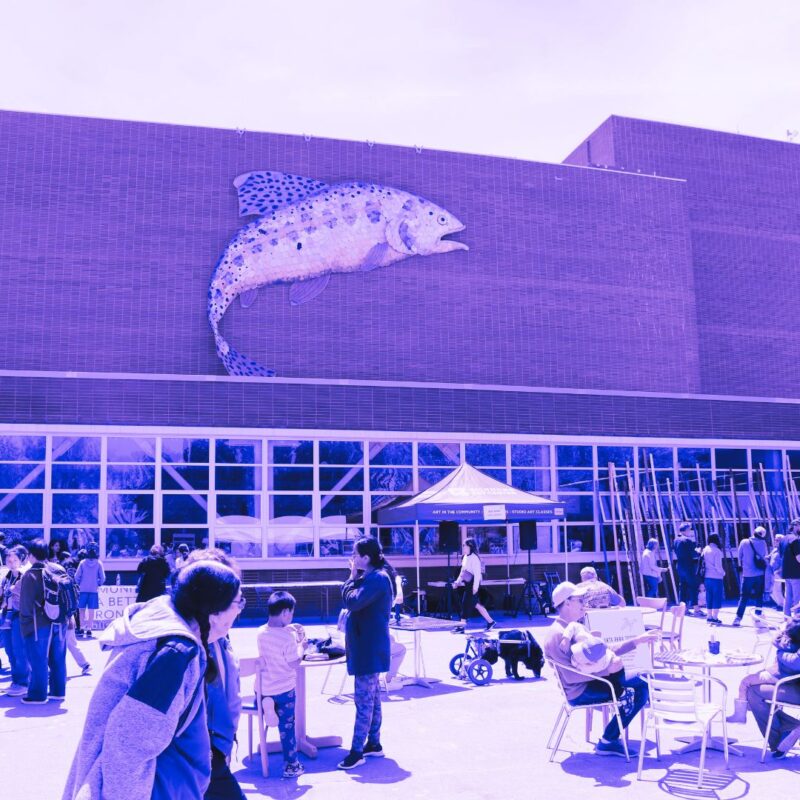
A Big Announcement from RAC’s Executive Director Hello Friends, Save the date! On Saturday, August 5, 1pm-4pm, we’re having a community party to celebrate the 25th anniversary of Andrée Singer Thompson’s Guillermo, the Golden Trout (the large fish sculpture that adorns our building). Go Fish! will be Richmond Art Center’s first in-person fundraiser since the […]
KneeDeep Times: Humanity on the Fence
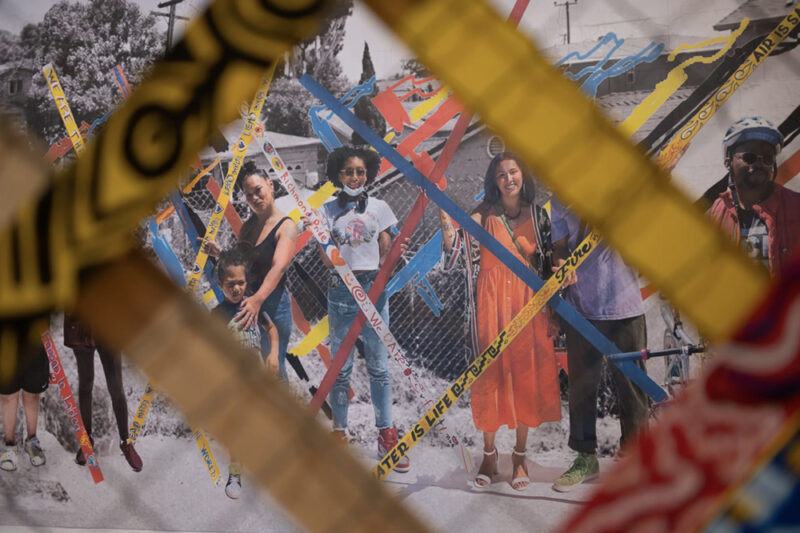
KneeDeep Times Humanity on the Fence by Jasmine Hardy | May 16, 2023 A new public art installation, called Fencelines, redefines the only barrier separating Richmond’s residential neighborhoods from the Chevron oil refinery: a wire fence. “It is a participatory project meant to engage folks and get a message to Chevron, but also gather visions that offer a future […]
The Richmond Standard: Guillermo the Golden Trout undergoes repairs for 25th anniversary
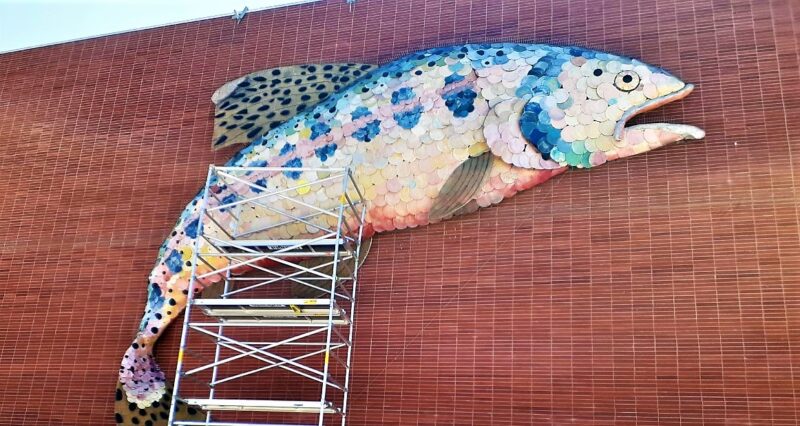
The Richmond Standard: Guillermo the Golden Trout undergoes repairs for 25th anniversary Article link: https://richmondstandard.com/richmond/2023/05/15/guillermo-the-golden-trout-undergoes-repairs-for-25th-anniversary/ By Mike Kinney On Monday, repairs on Guillermo the Golden Trout, which hangs above the Richmond Art Center on Barrett Avenue, was completed. A small team replaced two metal scales on the 50-foot-long fish. The repair is in honor of the […]
Press Release: Juneteenth Paint and Sip at Richmond Art Center
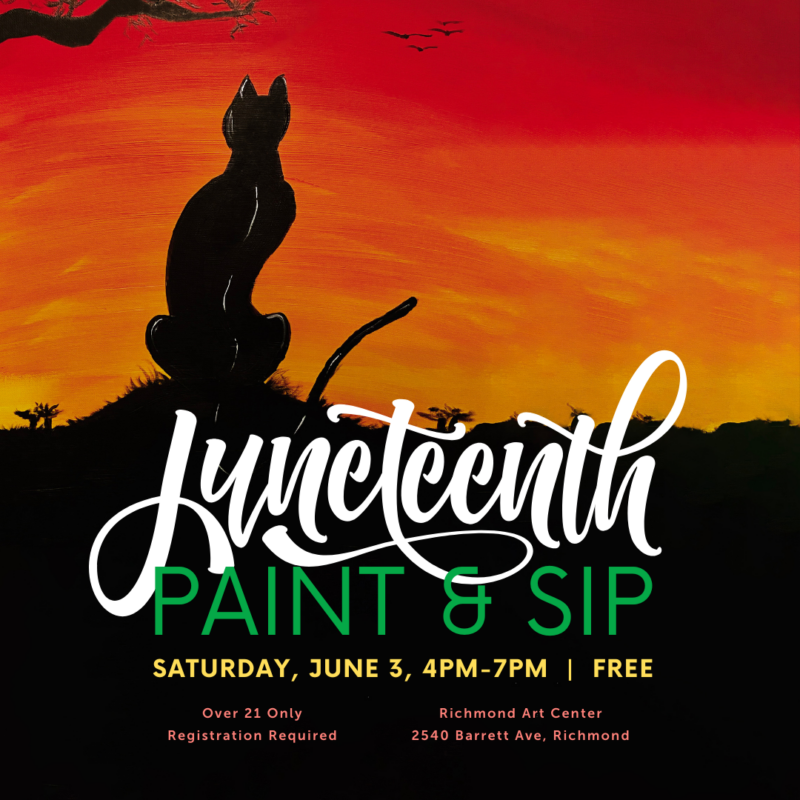
Press Release: Juneteenth Paint and Sip at Richmond Art Center Saturday, June 3, 4pm-7pm | FREERichmond Art Center, 2540 Barrett Avenue, RichmondEvent webpage: richmondartcenter.org/paintandsip Richmond, CA: Paint, sip and celebrate Juneteenth! Artisan Elishes Cavness will guide you through the steps to paint your own masterpiece. No experience necessary. All materials and light refreshments provided by Richmond Art Center. This event […]
Free Workshops for Families this Summer / Talleres gratuitos para familias este verano
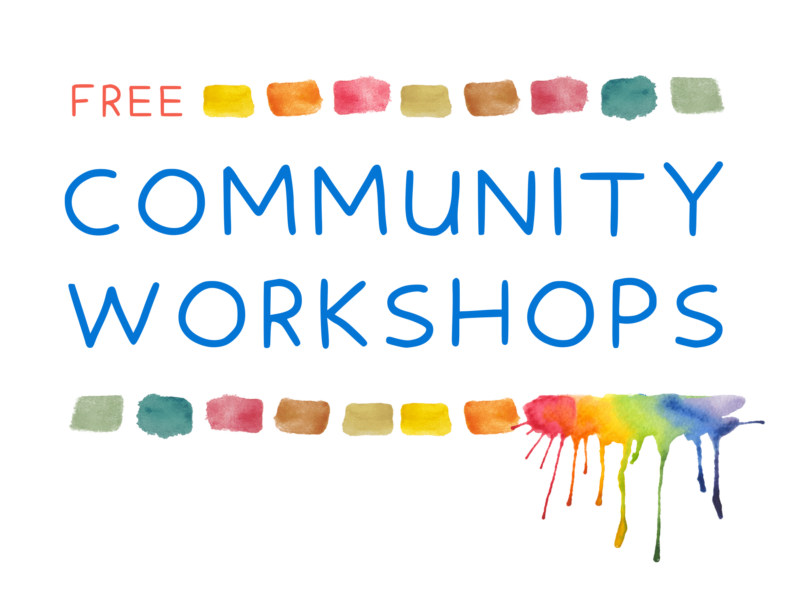
Español Free Workshops for Families this Summer Announcing these family workshops for kids and their grown-ups to make art together. Ages 5+ welcome with an adult | Ages 12+ welcome solo La instrucción en español estará disponible. Registration required. Workshops are available until full. Registered students are responsible for communicating if they can no longer […]
Summer Semester Registration Opens Wednesday, May 3, 10am
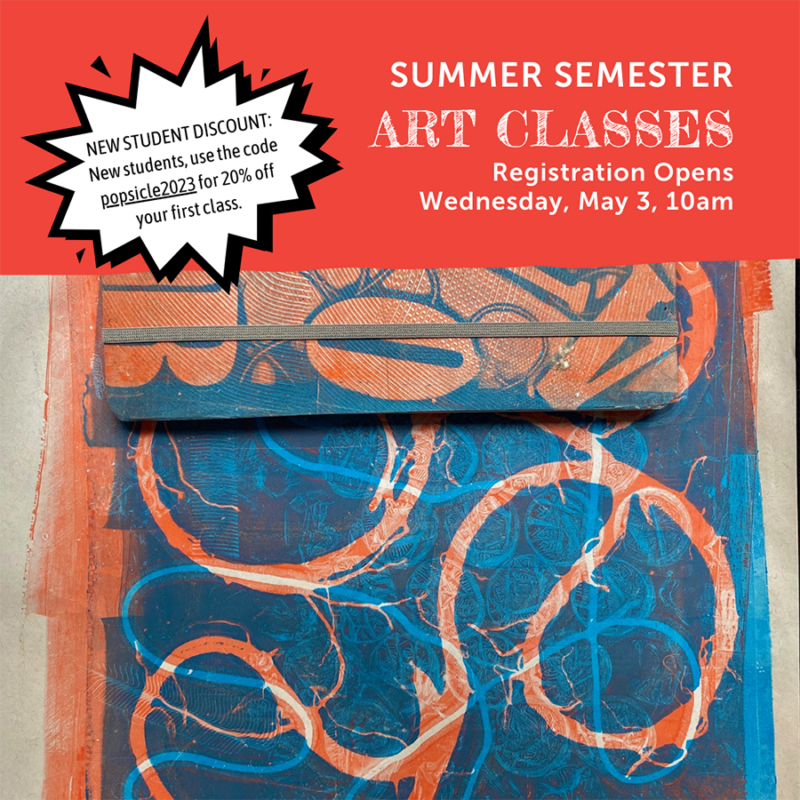
Summer Semester Registration Opens Wednesday, May 3, 10am Browse art classes now and get ready for summer registration opening on May 3. Summer class listings are posted on our website (don’t worry if the class says ‘Fully Booked’ this will change once registration opens). New classes include: Don’t forget, needs-based scholarships are available! New students, use coupon code popsicle2023 for 20% off […]
